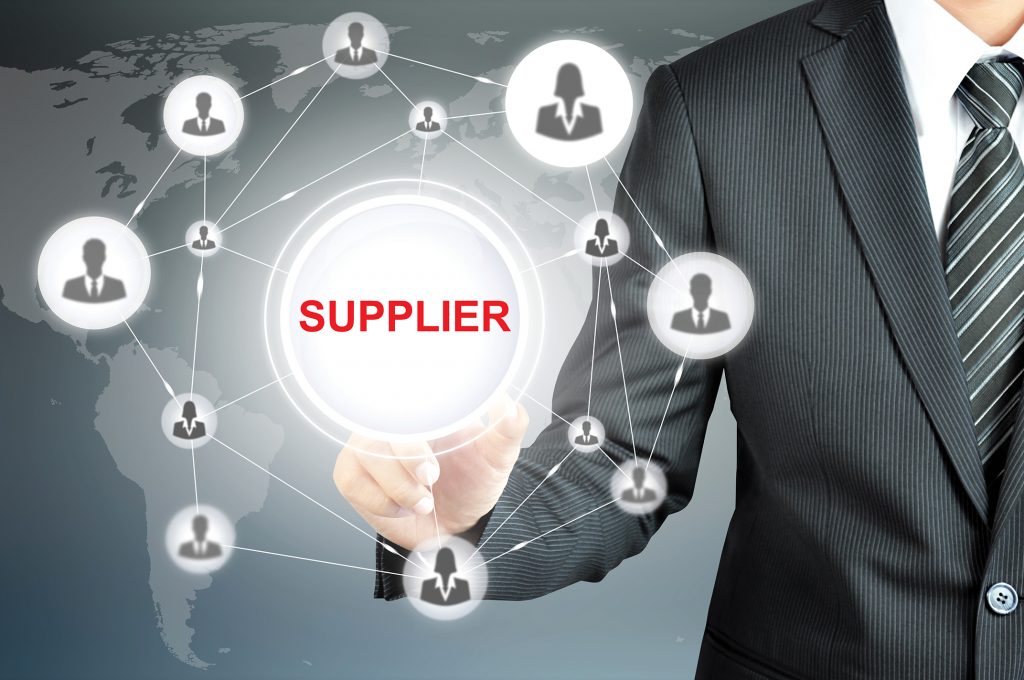
Is your Supplier an Asset? Or an Expense?
By Richard Kunst
Facilities Maintenance Industry MRO Operations asset expense supplierAs an asset, your supplier is blurred into your daily operation with a common focus on success. The supplier fully understands that their success is based on how successful you become within the market. As an expense, the customer is constantly beating on the supplier for a better and lower price.

Photo:© Atstock Productions / Adobe Stock.
Ultimately, the situation distills down to: trust, and whether value is truly visible. This is where the first segregation transpires by defining the difference between a vendor and
a supplier.
A vendor is someone you conduct a transactional exchange with, like the purchase of peanuts from the street vendor. You may not have much of a relationship with the vendor other than the consistency of ongoing transactions, or geographic location, but it is likely something easy to find an alternate or substitution for if you cannot access it.
A supplier is someone instrumental to your success. They bring to your equation a unique product, technology or service.
When we treat our supplier as an expense, it has several visible attributes:
• We will never trust our supplier.
• Makes us constantly be searching for a better cheaper source.
• Makes us not pay our supplier on time, ever, even after we dictate extended payment terms.
• Makes us never acknowledge their contribution to our business.
• Consistent quality is a given.
• Once we have a low price, it makes us negotiate an even lower price.
The result of this expense attitude towards your supplier gives you the following:
• Excessive inventory at your location, at their location, and with WIP.
• Supplier initiates a low-cost country strategy, shops the world for cheap labour.
• Lack of transparency from your supplier.
• Typically, lower product yields or increased incoming inspection costs.
• Supplier will leverage every opportunity to get more money from you.

Photo:© jirsak/ Adobe Stock.
All of the relationship energy is focused on keeping everyone honest instead of working together to grow the business. The cost component is always driven by essentially three factors: material, labour and overhead. Labour and overhead costs can be significantly lower using a low-cost country strategy, but this needs to be traded-off against the cost to finance these costs through your supply chain and your potential loss of flexibility and agility. There is also a good chance that once you are in this rut you will be constantly shifting your supply source. Today it could be China, then perhaps Vietnam followed by India or Australia, where ultimately the supplier will never get to know your business, or the cost to manage your supply chain gets oblique against the actual procurement unit cost.
A “supplier” is someone instrumental to your success. They bring to your equation a unique product, technology or service.
Traditional accounting methods can be the biggest asset or liability in this scenario. How can you justify waiting 16-22 weeks for goods when you could have a supplier located next door? When you look beyond unit cost and calculate your total cost of procurement, the decision to source local may make more sense. For example, add the cost to visit a supplier in China instead of across the street, the cost to finance inventory, the cost of logistics, design review challenges, time zone differences and manage quality. When you add it all up your total cost of procurement can actually tabulate to be double or triple of the actual procurement unit cost.
Ultimately, value is defined by what you are willing to pay for. You cannot blame Walmart for being one of the largest conduits of cheap China imports to North America when in reality the role Walmart play is to be your household purchasing department, and you make the final decision as you opt to get maximum value for your hard-earned dollars but still want to be insanely compensated for your contribution to society.
A supplier, when used as an asset, can really be a competitive advantage and can be evidenced in the following manner:
• Trusted partner
• No inventory commitment (you pay as you consume. As an example, every time a rim and a tire are installed on a vehicle, an automatic electronic payment is issued to the supplier).
• No incoming quality inspection; everything is source inspected and validated by the supplier.
• Supplier is committed
to your success.
• Transparency and blurring of the lines of your relationship.
• Harmonious design reviews where emerging technologies can be harnessed together to provide an advanced value proposition to the ultimate customer.
• Typically, local.
When viewing a supplier as an asset, always take into consideration the following:
• They are committed
to your success.
• They are your hidden factory, so have you optimized their capability?
• Typically for every person doing the final assembly, there exist 10 other people upstream.
• They are transparent and very open to sharing.
• You now have a combined R&D resource and opportunity further define our competitive edge.
• They are willing to take risk(s) or partner with you to achieve a challenge.
Ultimately, the market will dictate the price based on value, and the price difference between companies can usually be measured within a few percentage points. Competitors tend to keep a pretty close eye on each other so as a third party my approach is to work with a supplier to leverage this knowledge to my ajdvantage.
Working with suppliers is enjoyable, as we combine focus on how to grow our businesses while giving more value to the customer than constantly living in fear about our current pricing. In the immortal words from a previous colleague: “I only want our supplier to know they have a problem when I arrive in their lobby with a cadre of engineers to help solve the problem.”
_______________
Richard Kunst is an author, speaker and seasoned lean practitioner based in Toronto, who leads a holistic practice to coach, mentor and provide management solutions to help companies implement or accelerate their excellence journeys. You can reach him at www.kunstsolutions.com.
